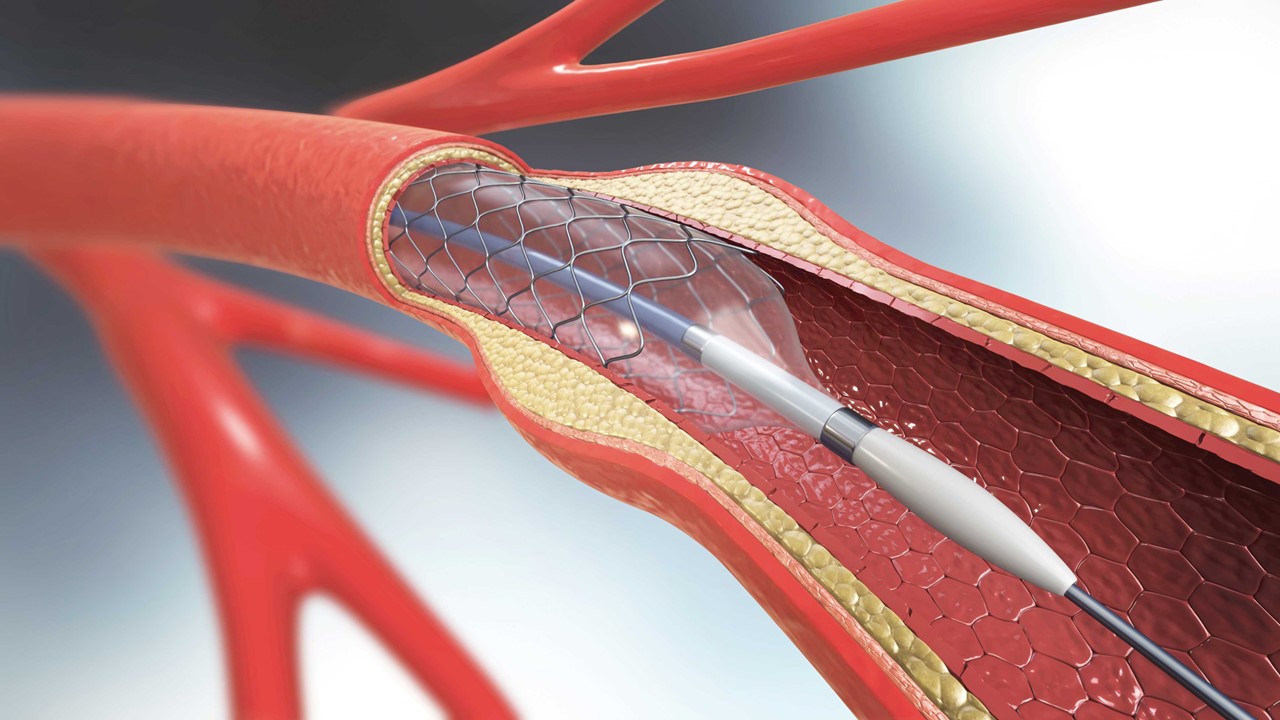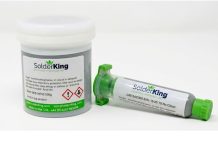The innovative EO-M-026 flux is a ready-to-use, highly concentrated special flux that has been developed for soldering and tinning processes involving nickel alloys, including nitinol. Thanks to its zinc- and halide-free formula and a powerful activator system, the flux offers outstanding wetting properties with minimal residue.
The formulation is based on a combination of inorganic activators and complex organic additives, supplemented by highly effective wetting agents. Thanks to this composition, EO-M-026 enables clean and reliable soldering results with minimal residue. It can be applied using common application methods such as dosing, dipping, immersion during manual soldering, or selective soldering processes.
For processing, the cleaned base material is first slightly preheated, for example by induction, IR radiators, an oven, a soldering iron, hot air, or a flame. The flux is then applied. Afterwards, more heat is applied with the addition of solder until the soldering material melts. To prevent possible corrosion, residues of the flux must be carefully removed immediately after soldering.
“The alloy’s unique suitability for use in processing Nitinol is particularly remarkable,” explains Markus Geßner, Marketing and Sales Manager at Emil Otto GmbH. Nitinol is a special alloy of nickel and titanium that is characterized by two exceptional material properties: shape memory and superelasticity. Thanks to these properties, Nitinol can return to its original shape after being heated or deformed, or it can be deformed significantly under mechanical stress and immediately return to its original state.
These properties make nitinol a highly sought material in numerous high-tech applications. In medical technology, nitinol is primarily used for stents, guide wires, catheters, orthodontic arches, and flexible eyeglass frames. The alloy is also used in aerospace, for example in temperature-controlled actuators or for vibration damping in sensitive components. In robotics and microsystems technology, nitinol enables the construction of miniaturized, thermomechanically operated switching elements and grippers. Nitinol is even used in consumer goods such as spring-back mobile phone components and robust eyeglass frames.
“Since Nitinol is difficult to solder due to its stable oxide layer, special fluxes are required to produce reliable metallic bonds. For such applications, especially in areas with high requirements for process reliability and cleanliness, we have developed the highly active flux EO-M-026,” continues Geßner. EO-M-026 is a transparent liquid with a mild, non-specific odor. As an aqueous system, it is non-flammable, contains no volatile organic compounds (VOC: 0%), and has no flash point. The minimum shelf life is 24 months when stored properly between 5 and 25°C in original sealed containers. The flux is available in various package sizes: 1 l, 5 l, 10 l, 20 l, and 30 l plastic canisters. Other container sizes are available on request.
To learn more, visit www.emilotto.com.










